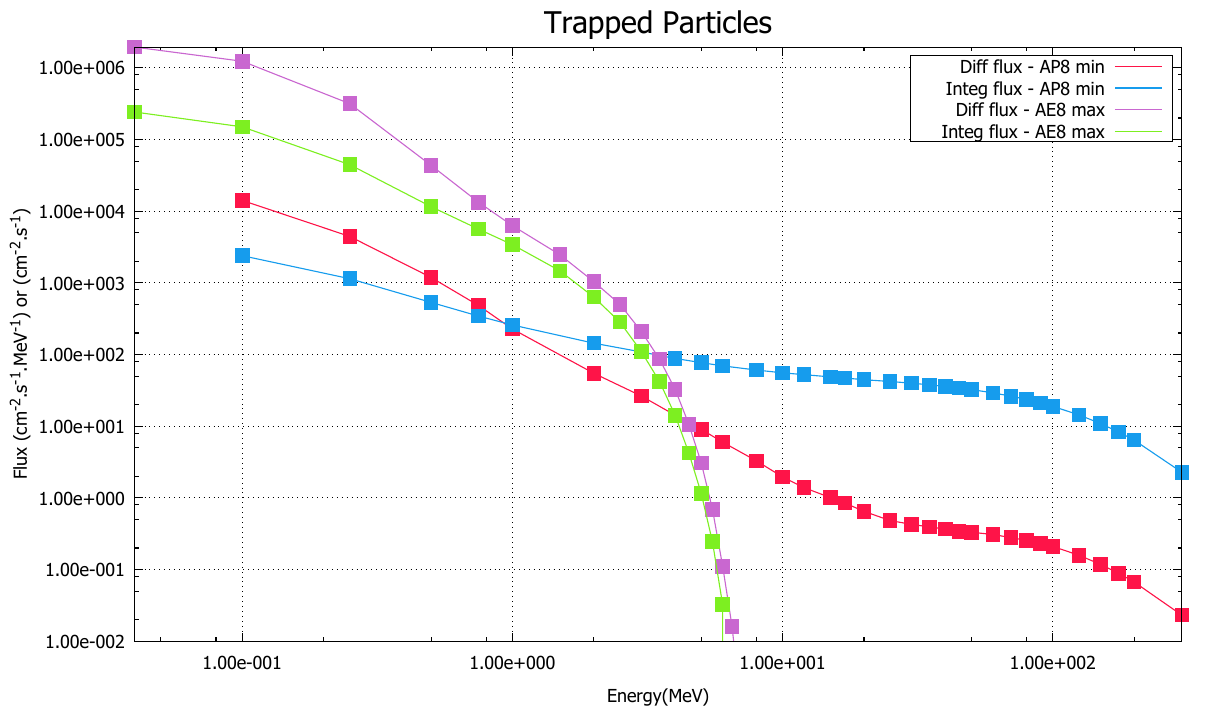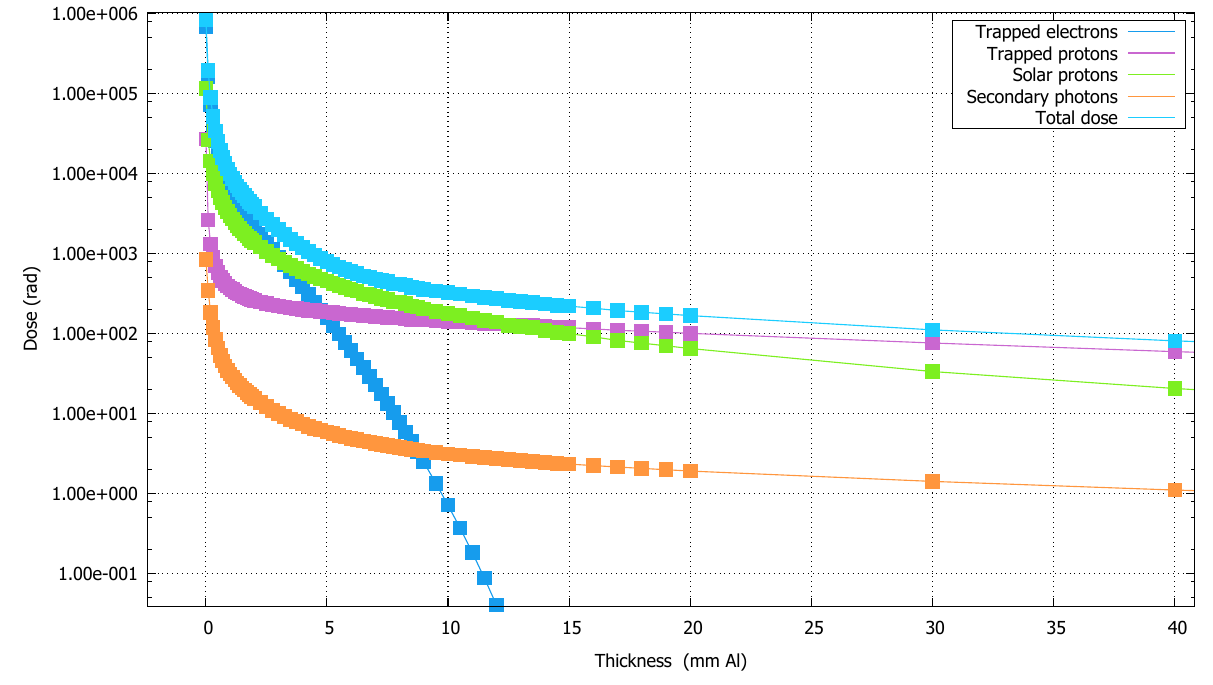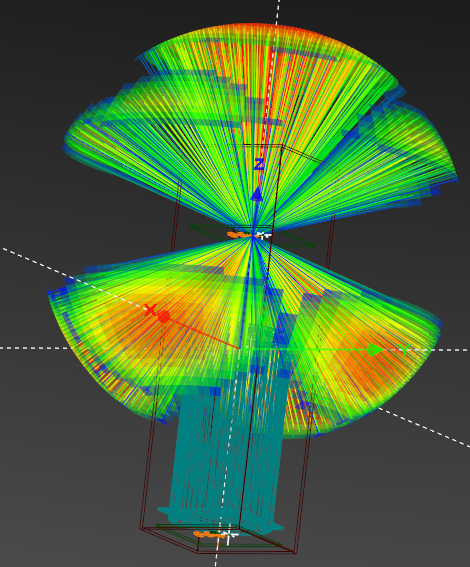AcubeSAT Mission
A comprehensive radiation study for the AcubeSAT 3U CubeSat. Quantified flux, Total Ionizing Dose (TID), and shielding effectiveness for critical subsystems to guarantee mission success in Low Earth Orbit.
Overview
This project focused on the radiation environment characterization of AcubeSAT, a 3U CubeSat developed by the SpaceDot team at Aristotle University of Thessaloniki.
The Challenge
The main goals were:
- To quantify the radiation flux (trapped particles, solar energetic particles, galactic cosmic rays) along a potential Sun-Synchronous Low Earth Orbit (SSO ~500–600 km) or a deployment from the International Space Stasion (ISS).
- To estimate the Total Ionizing Dose (TID) and Linear Energy Transfer (LET) on critical spacecraft subsystems.
- To evaluate component survivability and suggest shielding strategies ensuring mission success.
Methodology
A combined approach was adopted, using analytical models for flux predictions and Monte Carlo simulations for detailed subsystem analysis:
- OMERE
- Defined orbital parameters for the different deployment scenarios.
- Modeled trapped particles (AE8/AP8 models), solar particles, and galactic cosmic rays (ISO-15390 model).
- Calculated flux, fluence, LET, and TID for simplified spherical geometries to establish baseline estimates.
- FASTRAD
- Imported CAD-based spacecraft geometries for 3D radiation transport.
- Ray-Tracing Method (RTC): estimated shielding effectiveness by analyzing path lengths through materials, producing a sector shielding map of radiation exposure.
- Forward Monte Carlo (FMC): simulated particle propagation statistically, calculating the local deposited dose in specific components (e.g., OBC PCB, payload electronics).
- Enabled visualization of dose depth curves, dose uniformity, and weak points in the satellite’s structure.
This hybrid methodology allowed cross-validation between analytical and numerical results: OMERE provided quick global estimates, while FASTRAD offered granular, geometry-aware predictions essential for risk assessment.
Results
- Flux Distribution
Simulations showed that the dominant contributor to radiation dose in LEO is from trapped protons and electrons, especially when crossing the South Atlantic Anomaly (SAA).

Flux distribution along orbit, with the higher rates of particles in the South Atlantic Anomaly.
- Dose Estimates
- For mission durations of 1–1.5 years, the TID remained below the tolerance thresholds of most COTS components.
- Monte Carlo simulations identified non-uniform dose deposition, with sensitive regions like the On-Board Computer PCB receiving higher localized doses.


(Right) dose depth curve of the total ionizing dose as a function of aluminium shield thickness, (left) 3D distribution of the deposited dose along the satellite.
Conclusion
- Trapped particles are the primary source of ionizing dose for AcubeSAT’s orbit.
- The simulated radiation levels are within survivability limits for the satellite’s electronics, indicating that AcubeSAT can remain operational throughout its planned mission lifetime.
- The study demonstrated the effectiveness of Monte Carlo methods for subsystem-level analysis, guiding shielding optimization and reliable component selection.